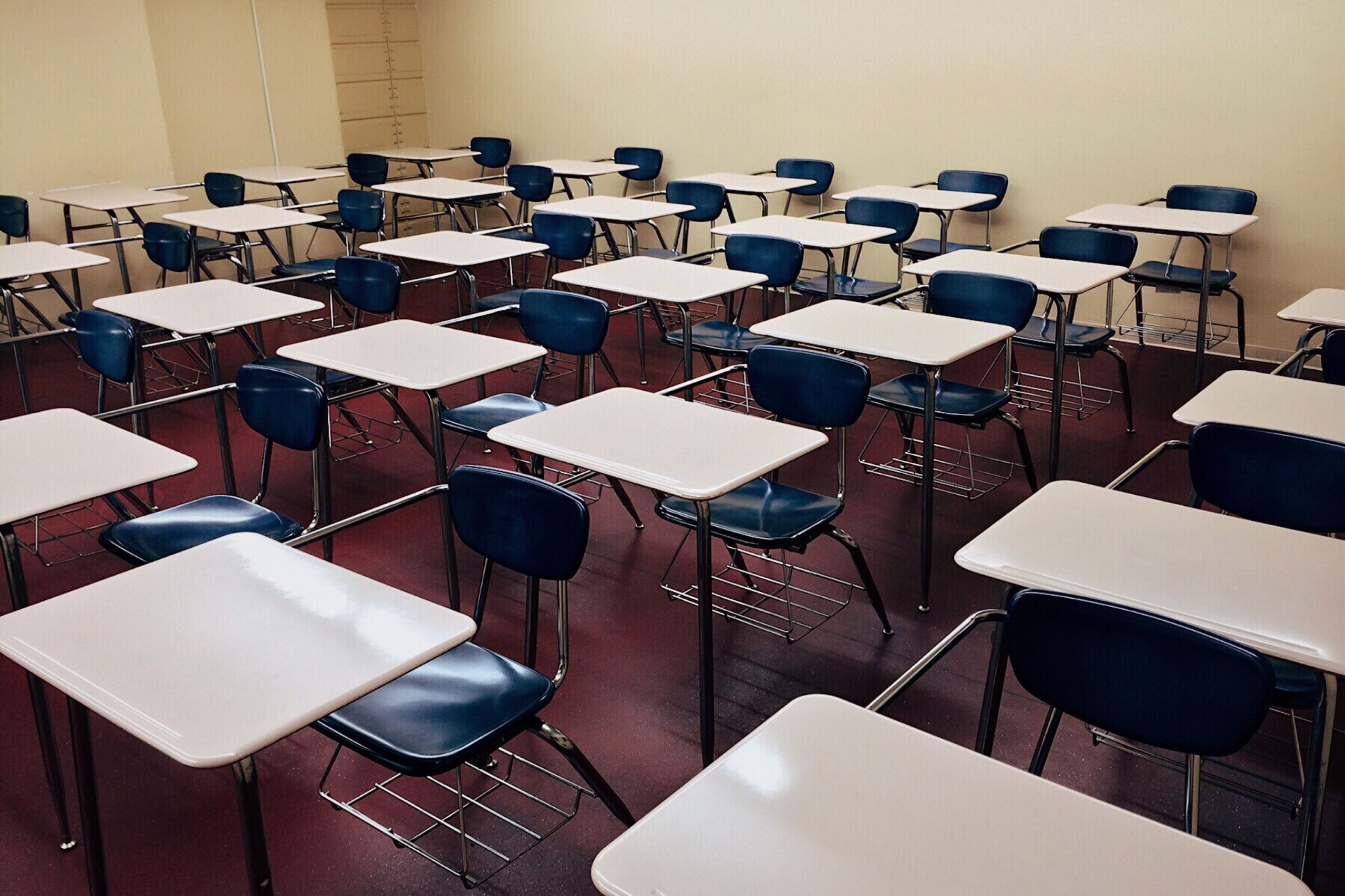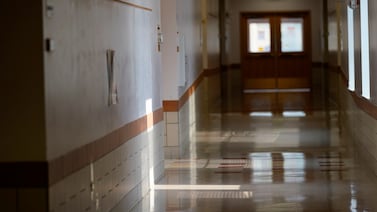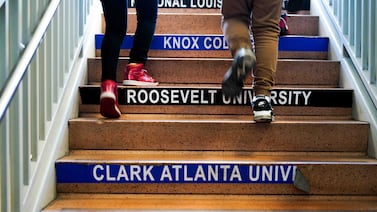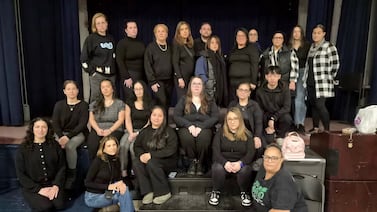Indiana leaders said Wednesday that schools can safely open next month despite the rising number of COVID-19 cases statewide. But they may reassess if the proportion of people testing positive for the virus exceeds 10%.
The rising infection rate and hospitalizations in Indiana have stalled state reopening plans and fueled questions as to whether schools can safely resume in person in late July or early August. Growing concern prompted the Indiana State Teachers Association to ask Gov. Eric Holcomb to mandate the use of masks for grades 6-12 in schools statewide — an idea that Holcomb said Wednesday he would consider.
So far, the state has left decisions surrounding reopening up to local school districts and health departments. But when asked by Chalkbeat where the state would draw the line, Health Commissioner Kristina Box said the health department may make “stronger recommendations” to schools if Indiana’s seven-day average test positivity rate reaches 10% to 15% — a higher, less strict threshold than some other states have set.
“We have not set on a particular metric for the schools that you have to be at this in your county in order to go back to school,” Box said during the weekly press conference. “We’re hoping not to have to do that. But that’s something that we’ve been talking about.”
In New York, schools will not reopen if the surrounding region’s positive test rate rises above 5% over a two-week period, Gov. Andrew Cuomo announced Monday. And schools could close later in August if it spikes above 9%. The state currently has positive test rates below 2%.
In general, public health experts say to control the spread of the virus, communities need positive test rates of less than 10%. Ideally, that rate would stay under 3%. The World Health Organization recommends state economies to reopen only if their positivity rates are below 5% for at least two weeks.
As of Saturday, Indiana’s positivity rate reached 7.1%, according to state data — an increase from a low of about 4% last month. At its peak in April, around 20% of people in the state who were tested for COVID-19 tested positive.
Two Marion County districts have pushed back their start dates while one, Washington Township, will start the year with only virtual classes.
Holcomb said during a press conference Wednesday he supports those districts’ decisions. He said he doesn’t support withholding funding from schools choosing a virtual option, Both President Donald Trump and Education Secretary Betsy DeVos have threatened to do so recently, although neither has the authority to do so without congressional approval.
“I did just the opposite,” said Holcomb, who announced last month the state would not cut funding for K-12 education despite plummeting revenues. “We’ve worked our tails off around here to make sure that schools are fully funded.”






